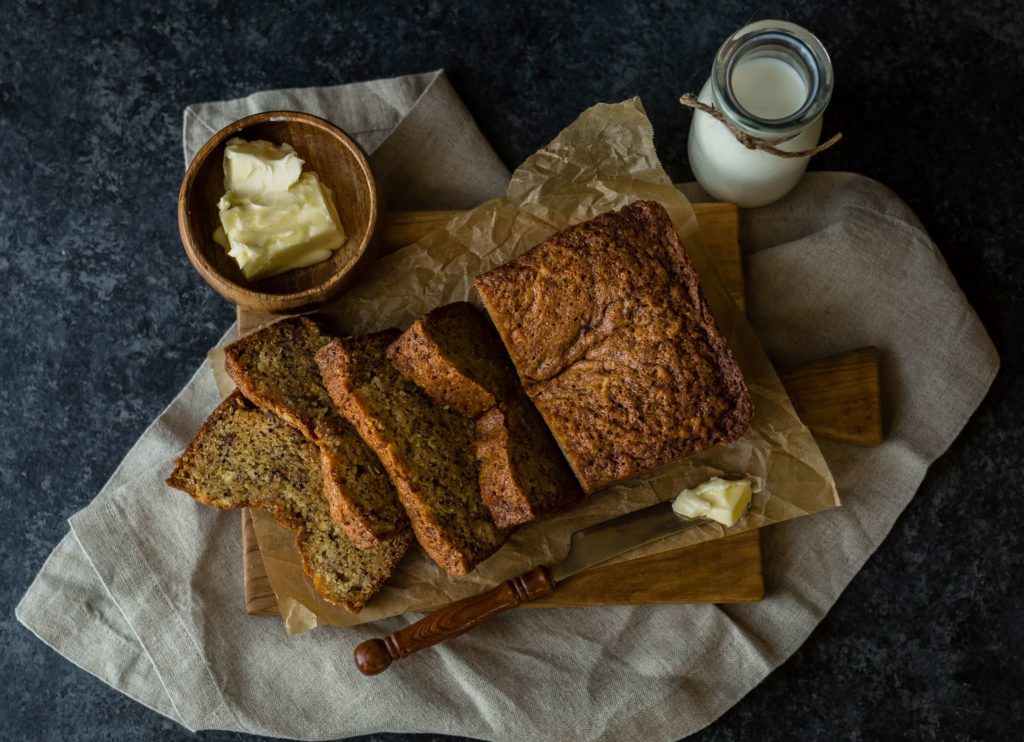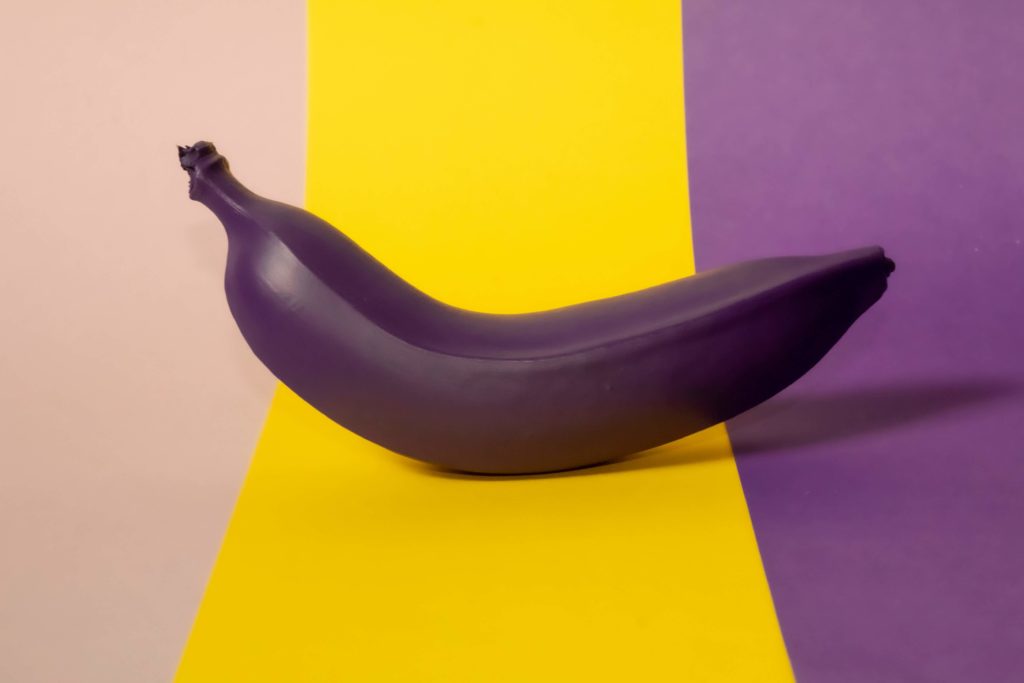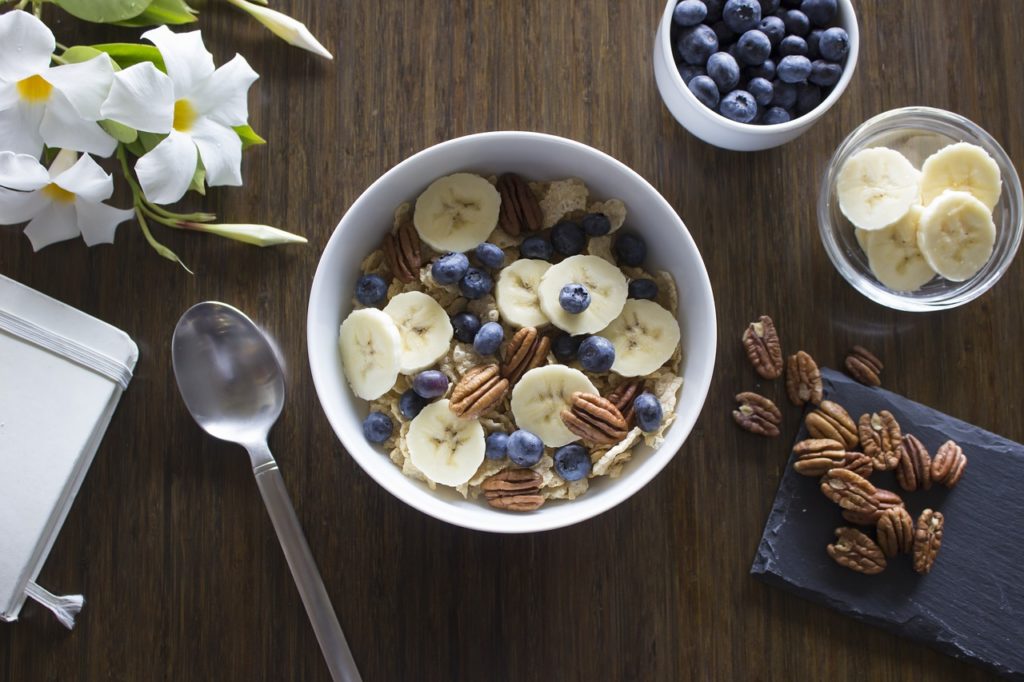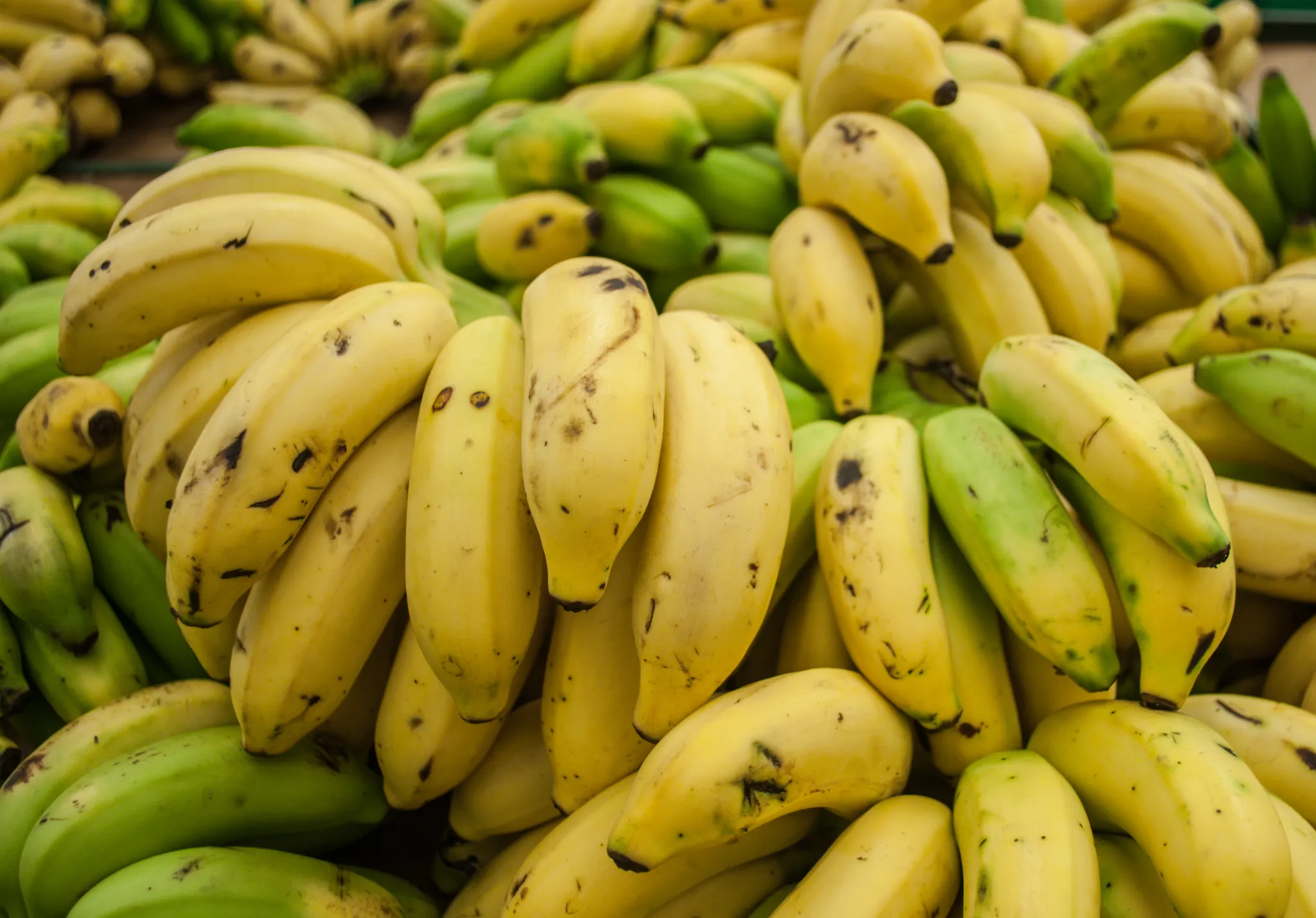
Are you looking for a unique and delicious homemade wine recipe? Look no further than banana wine! Yes, you read that right – banana wine. This tropical twist on traditional wine will surely impress your friends and family. In this article, we’ll guide you through the process of making your very own banana wine, from selecting the best bananas to the fermentation and bottling stages. Get ready to embark on a flavorful and fun DIY wine-making adventure!
Banana wine may not be the first thing that comes to mind when you think of homemade wine, but trust us, it’s worth a try. With its sweet and fruity flavor, banana wine is a delightful alternative to the more common grape-based wines. Plus, it’s surprisingly easy to make at home. In this article, we’ll share a simple and beginner-friendly banana wine recipe that will have you sipping on your own homemade creation in no time. So, gather your ingredients and let’s get started on this exciting wine-making journey!
Benefits of Banana Wine

If you’re a fan of bananas and enjoy a good glass of wine, then you’re in for a treat with banana wine. Besides its unique and delicious flavor, banana wine offers a range of benefits that make it a fantastic choice for wine enthusiasts. Here are some of the benefits of enjoying a glass of homemade banana wine:
1. Nutritional Value
Bananas are known for their high nutritional value, and banana wine retains many of these benefits. It is rich in vitamins, minerals, and antioxidants, which are essential for maintaining a healthy body. Additionally, banana wine contains high levels of potassium, which helps regulate blood pressure and supports heart health.
2. Unique Flavor Profile
One of the standout features of banana wine is its distinct flavor profile. It offers a delightful combination of sweetness and fruitiness that is different from traditional grape-based wines. The natural sugars in bananas give banana wine a pleasant and refreshing taste that is sure to tantalize your taste buds.
3. Versatility
Banana wine is incredibly versatile and can be enjoyed in various ways. It can be served chilled as a refreshing aperitif or paired with a range of dishes. Its fruity and tropical flavors make it an excellent complement to seafood, grilled chicken, or even spicy dishes. Whether you’re having a casual gathering or a formal dinner, banana wine is a versatile choice that will impress your guests.
4. Easy to Make
Making banana wine at home is a straightforward process that doesn’t require any specialized equipment. With just a few ingredients and some patience, you can create your own batch of delicious banana wine. It’s a fun and rewarding DIY project that allows you to experiment with flavors and create a unique wine that suits your taste.
5. Budget-Friendly Option
If you’re looking for an affordable alternative to traditional wines, banana wine is a great option. Bananas are readily available and relatively inexpensive, making them a cost-effective choice for making wine. By making your own banana wine, you can enjoy a high-quality beverage without breaking the bank.
Ingredients for Banana Wine
If you’re curious about making your own banana wine, you’ll need a few key ingredients to get started. Here’s a list of what you’ll need:
- Ripe bananas: Choose bananas that are fully ripe, with a few brown spots on the skin. These bananas will have the most flavor and sweetness, which will translate into a delicious wine.
- Sugar: Sugar is an essential ingredient in the fermentation process. It provides the yeast with the necessary food to convert the sugars in the bananas into alcohol. You can use regular granulated sugar or experiment with different types of sugars like brown sugar or honey for unique flavors.
- Yeast: Yeast is responsible for the fermentation process that turns the sugars in the bananas into alcohol. You can find wine yeast specifically designed for fruit wines at your local brewing store or online. Make sure to choose a yeast variety that complements the flavor profile of bananas.
- Water: Water is used to dilute the banana puree and create the right consistency for fermentation. It’s important to use filtered or distilled water to avoid any impurities that could affect the taste of your wine.
- Acid Blend: Acid blend is a mixture of citric, tartaric, and malic acids. It helps balance the acidity of the banana wine and enhances the overall flavor. You can find acid blend at brewing supply stores.
- Pectic Enzyme: Pectic enzyme is an optional ingredient that helps break down the pectin in the bananas. This enzyme improves the clarity and stability of the wine, resulting in a smoother finished product.
- Campden Tablets: Campden tablets are used to sterilize the must (the mixture of ingredients) before fermentation. They help prevent any unwanted bacteria or wild yeast from interfering with the fermentation process.
Now that you have a list of the essential ingredients, you’re ready to move on to the next step – the equipment needed for making banana wine.
Step-by-Step Guide to Making Banana Wine
Making your own banana wine at home is a fun and rewarding process. Whether you’re a wine enthusiast or just curious about trying something new, this step-by-step guide will help you craft a delicious batch of homemade banana wine.
1. Gather your ingredients

To start off, you’ll need the following ingredients:
- Ripe bananas: Choose bananas that are fully ripe, with a few brown spots on the peel. The riper the bananas, the sweeter the wine will be.
- Sugar: This will provide the necessary food for the yeast to ferment the bananas into alcohol. You’ll need about 2 pounds of sugar per gallon of wine.
- Yeast: Use a wine yeast specifically designed for fruit wines. This will ensure a clean fermentation and enhance the flavors of the bananas.
- Water: Use filtered water to avoid any unwanted impurities in your wine.
- Acid blend: This helps balance the acidity of the wine and enhances its flavor.
- Pectic enzyme: This enzyme helps break down the pectin in the bananas, resulting in a clearer wine.
- Campden tablets: These tablets help sterilize the must (the mixture of mashed bananas, sugar, and water) and prevent any unwanted bacteria or wild yeast from interfering with the fermentation process.
2. Prepare the bananas
Peel the ripe bananas and mash them until they form a smooth puree. Be sure to remove any fibrous strands that may be present.
3. Make the must
In a large container, combine the mashed bananas, sugar, and water. Stir well to dissolve the sugar and ensure that the bananas are evenly distributed throughout the mixture.
4. Add the additives

« Quick & Delicious Homemade Banana Bread Using Cake Mix
How to Make and Store Homemade Rabbit Treats without Banana »
Next, add the acid blend and pectic enzyme to the must. These additives will help balance the flavors and clarify the wine. Crush a Campden tablet and add it to the must to sterilize it and prevent any unwanted microbes from affecting the fermentation.
5. Fermentation
Cover the container with a clean cloth or plastic wrap, ensuring that it is tightly secured. Allow the mixture to ferment for about 24 hours, then sprinkle the wine yeast over the surface of the must.
6. Aging
After about a week of fermentation, strain the wine into a secondary fermentation vessel, leaving behind any sediment. Fit an airlock onto the vessel to allow the carbon dioxide to escape while preventing oxygen from entering.
**7.
Fermentation Process
Now that you have prepared the must for your homemade banana wine, it’s time to move on to the next crucial step: fermentation. This is where the magic happens and your banana wine starts to transform into a delicious beverage with complex flavors.
- Add yeast: The first thing you need to do is add the yeast to the must. Yeast is responsible for converting the sugar in the bananas into alcohol. You can use a wine yeast specifically designed for fruit wines to ensure the best results. Simply sprinkle the yeast on top of the must and give it a gentle stir.
- Cover and let it ferment: After adding the yeast, cover the fermentation vessel with an airlock or a clean cloth secured with a rubber band. This will allow the carbon dioxide produced during fermentation to escape while preventing any unwanted contaminants from entering. Place the vessel in a cool, dark place and let the fermentation process begin.
- Monitor the progress: During fermentation, you’ll notice that the mixture becomes bubbly and active. This is a sign that the yeast is doing its job and converting the sugars into alcohol. It’s important to monitor the fermentation process regularly to ensure everything is going smoothly.
- Wait patiently: Fermentation can take anywhere from a few days to several weeks, depending on various factors such as temperature and yeast activity. Be patient and give the yeast enough time to work its magic. Remember, good things come to those who wait!
- Check for completion: Once the fermentation activity subsides and the wine clears, it’s time to check if the fermentation is complete. You can use a hydrometer to measure the specific gravity of the wine. If the reading remains stable for a few consecutive days, it’s a good indication that the fermentation is finished.
Ageing and Bottling
Once the fermentation process is complete, it’s time to move on to the next step in making your homemade banana wine – ageing and bottling. This stage is crucial as it allows the flavors to develop and mellow, resulting in a more complex and well-rounded wine.
Here are the steps to follow for ageing and bottling your banana wine:
- Racking: The first step in ageing your wine is racking. Carefully siphon the wine from the fermentation vessel into a clean carboy or secondary fermentation vessel. This process helps separate the wine from any sediment or lees that may have settled at the bottom. Make sure to minimize exposure to air during this process to prevent oxidation.
- Clarification: To clarify the wine and remove any remaining sediment, you can use fining agents such as bentonite or gelatin. Follow the instructions on the packaging for the appropriate dosage and mix it with a small amount of water before adding it to the wine. Allow the wine to sit undisturbed for a couple of weeks to let the fining agents work their magic.
- Aging: After clarification, it’s time to let the wine age. Transfer the wine back into the fermentation vessel or a clean carboy and seal it with an airlock. Find a cool, dark place where the temperature remains consistent. Ideally, the wine should age for at least six months to a year, allowing the flavors to meld and mature.
- Bottling: Once the desired aging period is complete, it’s time to bottle your banana wine. Sterilize your bottles and corks or caps to ensure cleanliness. Carefully siphon the wine into the bottles, leaving a small amount of headspace. Seal the bottles tightly to prevent any oxygen from entering.

Remember, the longer you age your banana wine, the better it will taste. It’s worth the wait! Take the time to enjoy the process and appreciate the transformation of your homemade creation.
Tips for Making the Best Banana Wine
So you’ve decided to try your hand at making banana wine, and you want to make sure it turns out absolutely delicious. Well, you’re in luck! As an expert on bananas, I have some tips to share with you to help you make the best banana wine possible.
- Choose Ripe Bananas: The key to a flavorful banana wine is using ripe bananas. Look for bananas that are yellow with a few brown spots. These bananas are the sweetest and will give your wine a rich and fruity flavor.
- Mash the Bananas Well: Before you begin the fermentation process, make sure to mash the bananas well. This will help release the natural sugars and flavors from the fruit, resulting in a more flavorful wine.
- Add Some Acid: Bananas are naturally low in acid, which can affect the balance of your wine. To ensure a well-balanced flavor, consider adding some acid to the must. Citric acid or tartaric acid are commonly used and can be found at brewing supply stores.
- Don’t Skip the Yeast Nutrient: Yeast nutrient is essential for a healthy fermentation and can help improve the overall flavor of your wine. Be sure to add it according to the instructions provided with your yeast.
- Monitor the Temperature: Yeast is sensitive to temperature, so it’s important to keep an eye on it during fermentation. Ideally, the temperature should be between 68-75°F (20-24°C) for the best results. Fluctuations in temperature can lead to off-flavors or a stuck fermentation.
- Be Patient: Patience is key when it comes to making banana wine. The fermentation process can take several weeks or even months to complete. Allow the wine to ferment fully and then age it for at least six months to a year for the best flavor. Trust me, it will be worth the wait!
Serving and Pairing Banana Wine
When it comes to serving and pairing banana wine, there are a few things to consider. Whether you’re enjoying a glass on its own or pairing it with a meal, here are some tips to help you make the most of this unique beverage.
Serving Temperature
Banana wine is best served chilled, just like any other white wine. The optimal serving temperature for banana wine is between 45°F and 50°F (7°C and 10°C). This temperature range allows the flavors and aromas of the wine to shine through without being overwhelmed by the cold.
Glassware
Choosing the right glassware can greatly enhance your banana wine experience. Opt for a medium-sized wine glass with a tulip-shaped bowl. This shape helps concentrate the aromas and allows you to fully appreciate the nuances of the wine. Avoid using wide-rimmed glasses, as they can dissipate the aromas and make the wine taste flat.
Pairing with Food
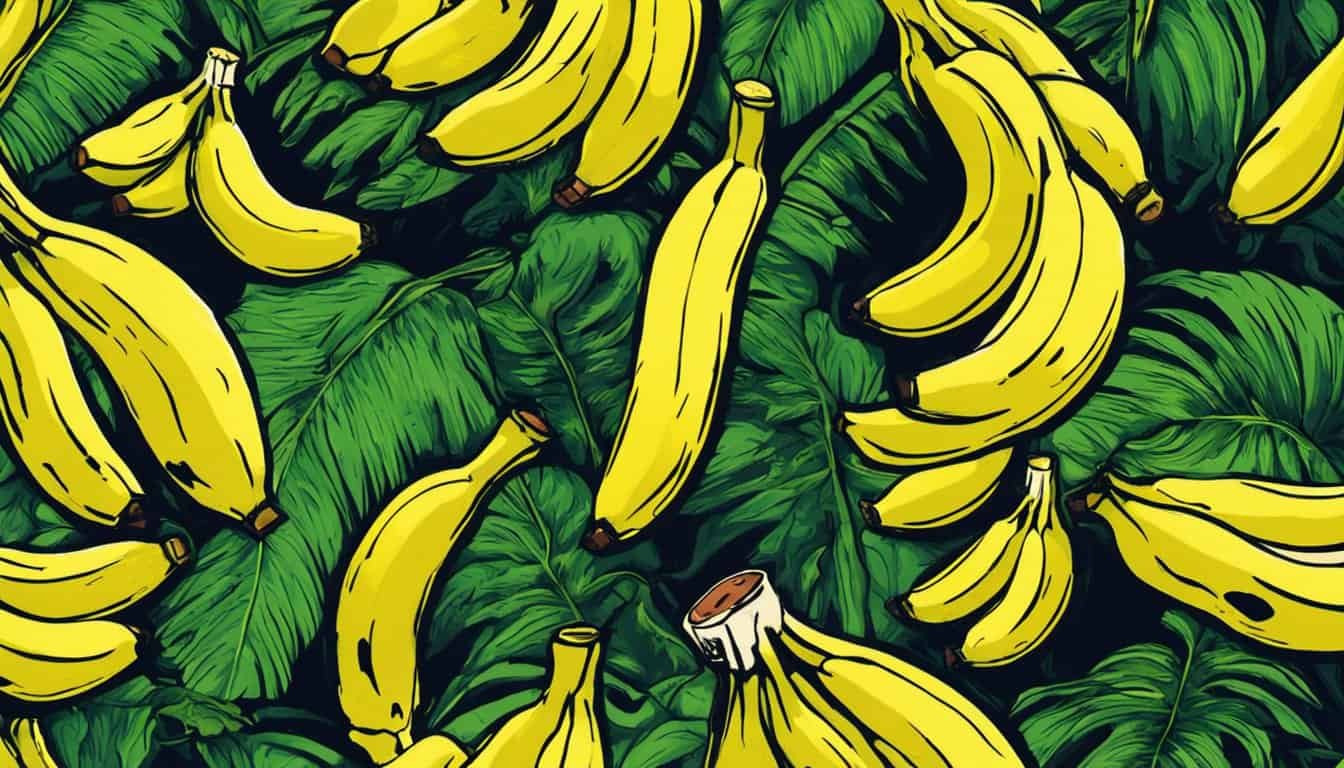
Banana wine is a versatile beverage that can complement a wide range of dishes. Its fruity and slightly sweet characteristics make it a great choice for pairing with both savory and dessert options. Here are a few pairing suggestions to get you started:
- Cheese: Pair banana wine with creamy cheeses like Brie or Camembert for a delightful combination of flavors. The wine’s natural sweetness balances the richness of the cheese, creating a harmonious pairing.
- Spicy Foods: The sweetness of banana wine can help tame the heat of spicy dishes. Try pairing it with spicy Asian or Mexican cuisine for a refreshing contrast.
- Desserts: Banana wine pairs exceptionally well with desserts that feature tropical flavors. Consider serving it alongside a coconut cream pie or a passionfruit tart for a truly indulgent experience.
Experiment and Enjoy
Conclusion
Now that you have all the tips and tricks for making the best banana wine, it’s time to put them into action. Remember to use ripe bananas and mash them well to extract the maximum flavor. Adding acid to the must and not skipping yeast nutrient will ensure a successful fermentation process.
Throughout the journey of making banana wine, it’s important to monitor the temperature and be patient. Good things come to those who wait, and this applies to the fermentation process as well.
When it comes to serving and pairing your banana wine, keep in mind to serve it chilled in a medium-sized wine glass with a tulip-shaped bowl. This will enhance the aroma and taste of the wine. For pairing, consider creamy cheeses, spicy foods, and tropical desserts to complement the fruity flavors of the wine.
Lastly, don’t be afraid to experiment and have fun with your banana wine. Whether you’re making it for yourself or sharing it with friends and family, enjoy the process and savor the unique flavors that this homemade wine has to offer. Cheers to your delicious banana wine!














